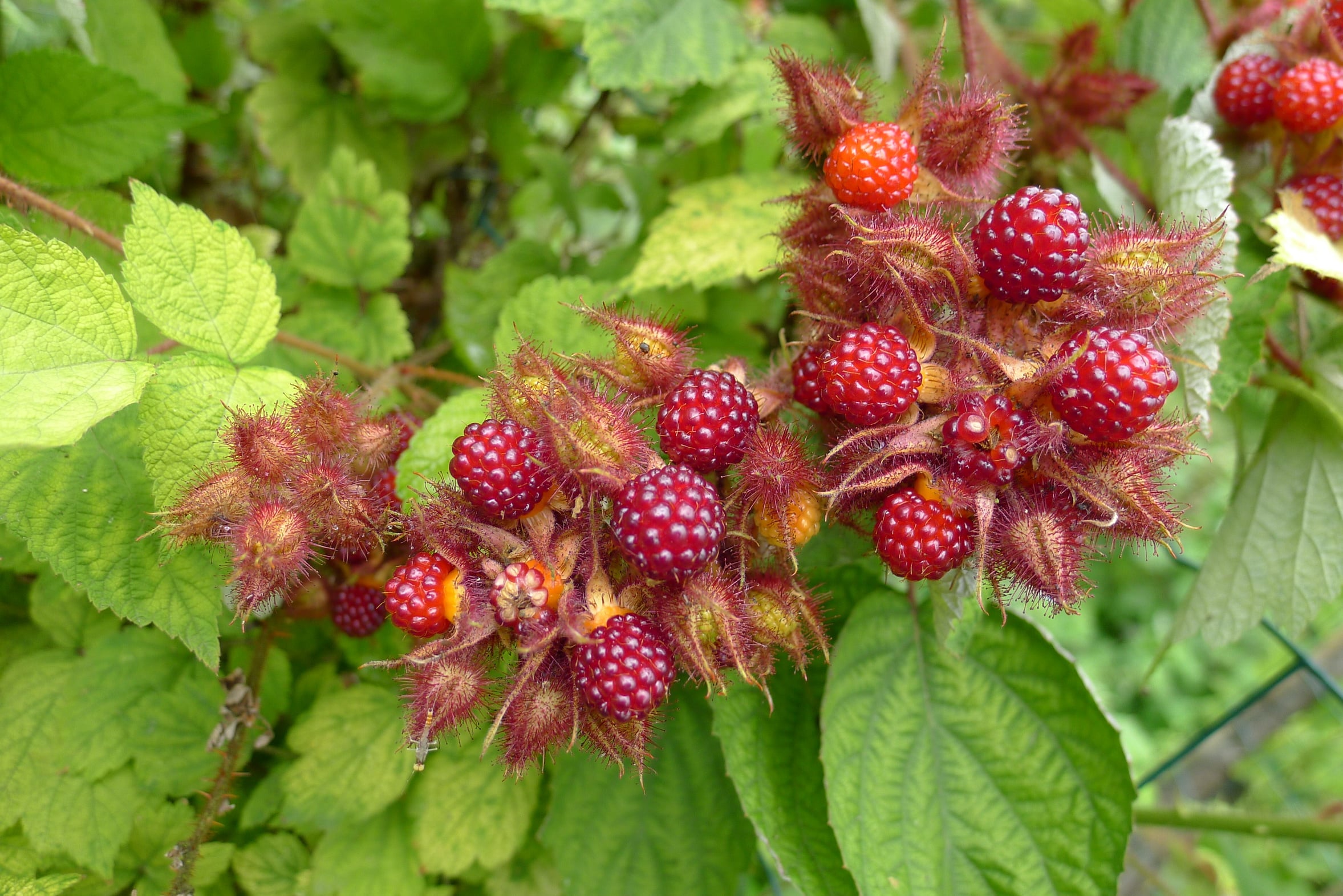Mulberry extract

Mulberry extract is obtained from the white mulberry tree (Morus Alba). This tree originally comes from China. It has been cultivated there for hundreds of years so that its fruits can feed the silkworms.
In cosmetics, the extracts of the white mulberry tree, as an active ingredient, have a number of proven effects that are very good for our skin.
The effective extracts are not only obtained from the fruits. These extracts are also obtained from the leaves, roots, and bark of the mulberry tree. This means that the whole plant is interesting for cosmetics.
The INCI nomenclature is then as follows: Mulberry Tree Extract Bark (for the bark), Mulberry Tree Extract Root (for the root) and Mulberry Tree Extract Leaf (for the leaves). Numerous effects have already been demonstrated from all extracts.
Effect of Mulberry extract
The inhibition of tyrosinase activity is the most interesting effect for skin care.
The enzyme tyrosinase is the key enzyme in the synthesis of melanin in the skin. Skin’s own pigment melanin is responsible for the skin turning brown after sunbathing. Too much sun exposure or inflammatory reactions can lead to a local overproduction of melanin. This results in hyperpigmentation or age spots, which make the skin look uneven.
By inhibiting tyrosinase, melanin synthesis is thus reduced and hyperpigmentation visibly fades after 8-12 weeks.
Another step in the formation of melanin, besides the activity of tyrosinase, is crucial. Oxidation with the reaction product of tyrosinase, DOPA.
This molecule can react with itself after oxidation and then forms the polymer melanin. Thus, antioxidants are also effective, to a limited extent, against hyperpigmentation. But the mulberry plant itself also has antioxidant effects.
In addition to properties for reducing pigmentation spots, antibacterial effects have also been demonstrated in the various extracts of the mulberry.
The active ingredient as mulberry extract is also useful in cosmetics for the prevention of skin ageing due to the aforementioned antioxidant effect.
We have listed two of the numerous proofs of effect for mulberry tree extract:
The tyrosinase activity is clearly inhibited from mulberry extract of the leaves. This is more effective than the often used kojic acid. This is used in Japan in whitening products (Lee et al., Biol. Pharm. Bull. 25(8), S. 1045-1048 (2002))
The extracts from the fruits and leaves have an antioxidant effect. (Memon et al., Pol. J. Food Nutr. Sci. 60 (1), pp. 25-32 (2010))
We like to work with these mulberry extracts:
Tradename INCI Supplier Remarks
White Ten Niacinamide (and) Acetyl Glucosamine (and) Centella Asiatica Extract (and) Morus Alba Bark Extract (and) Pyrus Malus (Apple) Fruit Extract (and) Camellia Sinensis Leaf Extract (and) Broussonetia Kazinoki Root Extract (and) Ergosterol (and) Galactoarabinan (and) Camellia Japonica Leaf Extract BioSpectrum, Inc.
Dermofeel enlight Aqua (and) Sodium Phytate (and) Glycerin (and) Morus Alba Fruit Extract Dr. Straetmans
Oriental Beauty Fruits Newplex Punica Granatum Fruit Extract (and) Ficus Carica (Fig) Fruit Extract (and) Morus Alba Fruit Extract (and) Ginkgo Biloba Nut Extract The Garden of NaturalSolution Co.
Sangmodan Angelica Dahurica Root Extract (and) Angelica Gigas Root Extract (and) Camellia Sinensis Leaf Extract (and) Capsicum Annuum Fruit Extract (and) Lithospermum Erythrorhizon Root Extract (and) Lycium Chinense Fruit Extract (and) Morus Alba Root Extract (and) Pinus Palustris Leaf Extract (and) Polygonum Multiflorum Root Extract (and) Rubus Coreanus Fruit Extract (and) Sophora Flavescens Root Extract The Garden of NaturalSolution Co.
Conclusion:
Mulberry extracts are effective ingredients for cosmetics that address hyperpigmentation and age spots.
Skin care products that combine the efficacy of the mulberry extract with other mechanisms of action against hyperpigmentation are the most effective. For example, the transport of melanin can be inhibited and the degradation activated at the same time. This increases the effectiveness against brownish discolouration of the skin.
Sources:
Suriyaprom S, Kaewkod T, Promputtha I, Desvaux M, Tragoolpua Y.Plants (Basel). 2021 Dec 12;10(12):2736
Ghimeray AK, Jung US, Lee HY, Kim YH, Ryu EK, Chang MS.Clin Cosmet Investig Dermatol. 2015 Jul 16;8:389-96